The Problem with Learning Styles
(And What To Do About It!)
When and Why
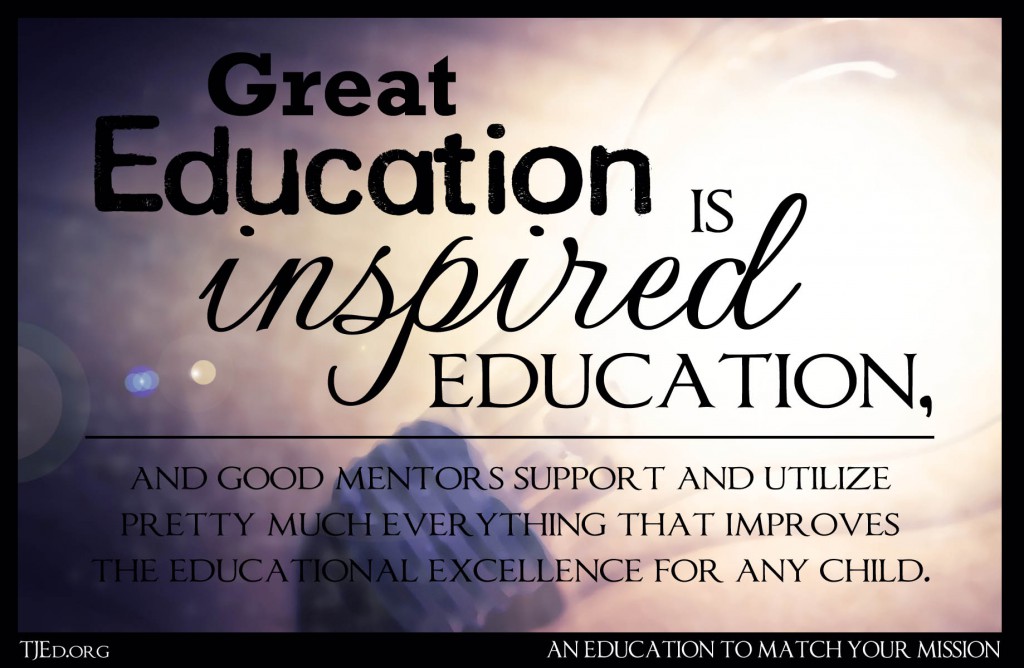 Learning Styles are increasingly popular among many homeschooling parents and professional teachers in non-traditional education settings.
Learning Styles are increasingly popular among many homeschooling parents and professional teachers in non-traditional education settings.
Going from using only one or two major styles in the classroom (usually Literary and Mathematical) to finding each child’s dominant style and helping him/her use it to learn, nearly always brings significant, immediate improvements—in any home or classroom.
So why aren’t researchers finding that Learning Styles are a huge educational solution to almost every learning problem? In fact, why are many researchers concluding that Learning Styles aren’t all that helpful in a lot of situations?
The answer is important. What is it? Simply that, ironically, many parents and teachers who engage the idea of Learning Styles tend to take it too far.
Rounding It Out
It turns out that when a parent or other educator realizes that a given child has an affinity for a certain Learning Style, the adult often focuses on the newly-discovered style and simultaneously stops utilizing the other styles with the child. The result is less than ideal.
For example: Just because a child may be dominantly visual does not mean that it is ideal to stop up her ears or discourage her from handling things. This is an extreme example – but serves to illustrate that input comes from all learning avenues, and knowing the dominant or preferred one is meaningful, and stimulating all input methods is ideal.
In fact, research is showing that focusing only on the child’s dominant Learning Style is often as bad for his learning and development as making students from all styles ignore their individuality and use only the teacher’s style or the approved Literary or Mathematical styles that typically dominate most schools.
Students do best when their parent, mentor, and/or teachers know the individual child’s dominant Learning Style, support it, and also give each child a healthy exposure to many other Learning Styles as well. In true Montessori fashion, it turns out that students do best when they are routinely exposed to multiple Learning Styles and allowed to pick and choose which they’ll utilize.
Balance
Most students have a clear dominant Learning Style (or two), and they gravitate to these preferences much of the time as they are learning, but they do best when they have a buffet to choose from each day as they learn. This is especially effective when the adults in their life show them examples of other Learning Styles in action. This is at the heart of great TJEd principles such as “Inspire, Not Require,” “Structure Time, Not Content,” and “You, Not Them.”
Just being exposed to various Learning Styles creates a better educational environment and experience than adult mentors who aggressively focus on either (1) a one-size-fits-all system where differing individual Learning Styles are ignored, like in most modern schools, or (2) doing everything in the one dominate Learning Style of the student, which sometimes happens when a parent or teachers gets newly excited about Learning Styles.
Knowing the student’s Learning Style is incredibly helpful, if and when parents, teachers, and other mentors allow individualism and show the importance of all Learning Styles—leaving each student to choose which style to use right now on any given project. This type of freedom in learning, support of individual preferences, and encouragement of exploration and even mastery in additional Learning Styles is the best model.
Balance matters. Learning Styles are an important and powerful technology that can be hugely helpful to many parents. Use them. And always use them along with—not in the place of—the other key principles of great parenting and great education.
For an article on six main Learning Styles, see “Learning Styles Matter” by Oliver DeMille >>





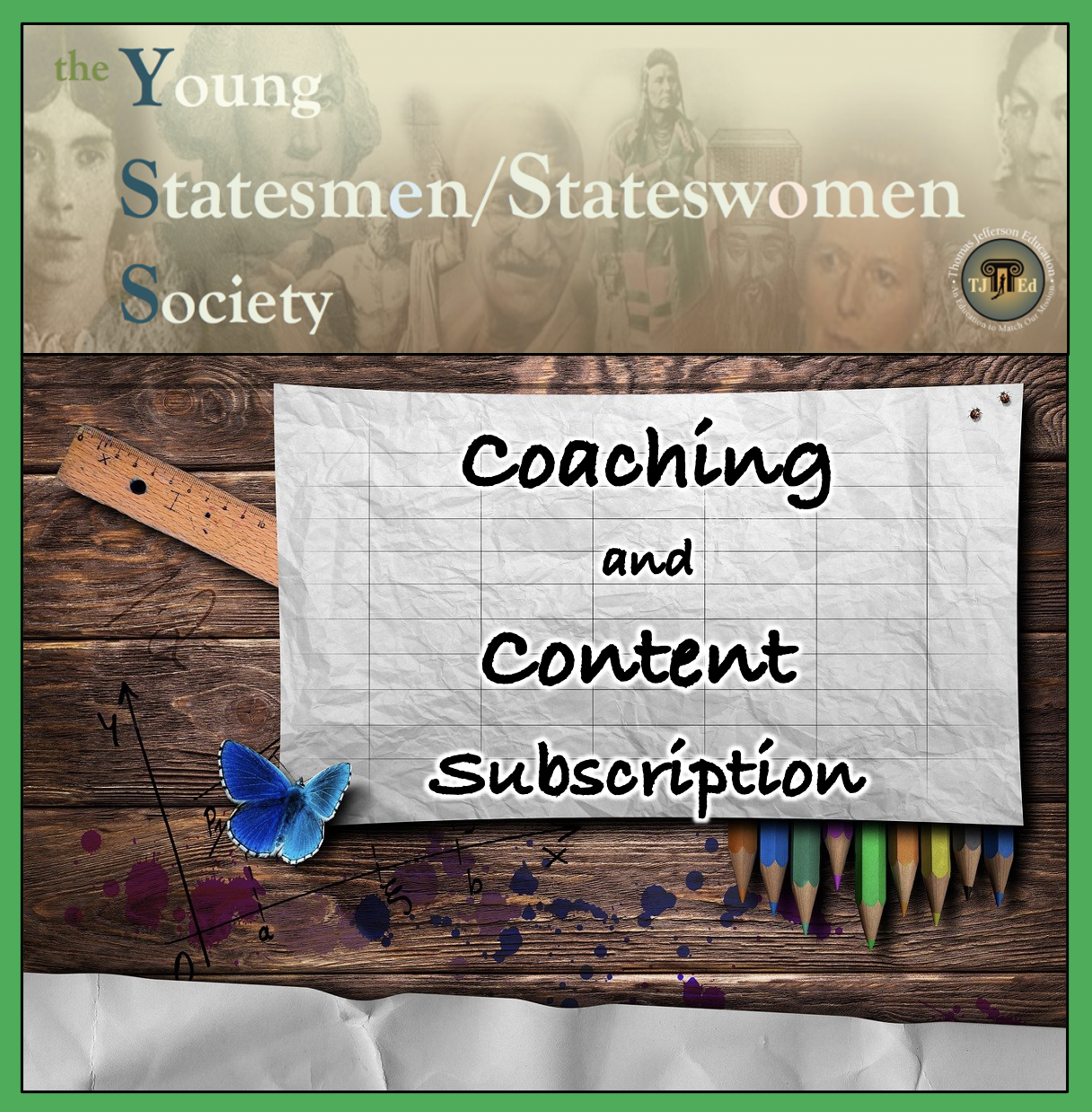






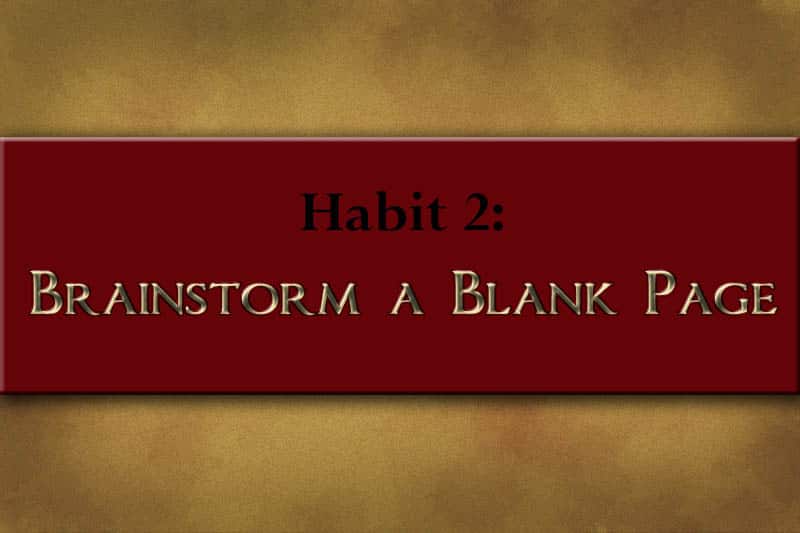







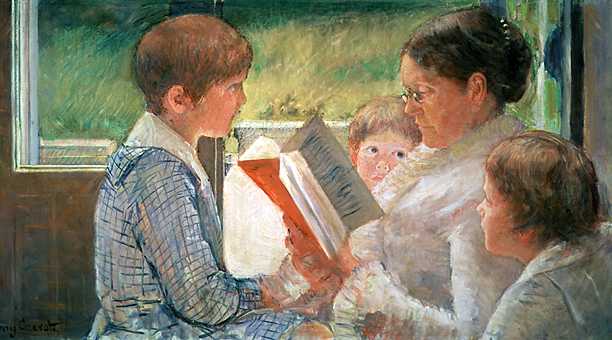

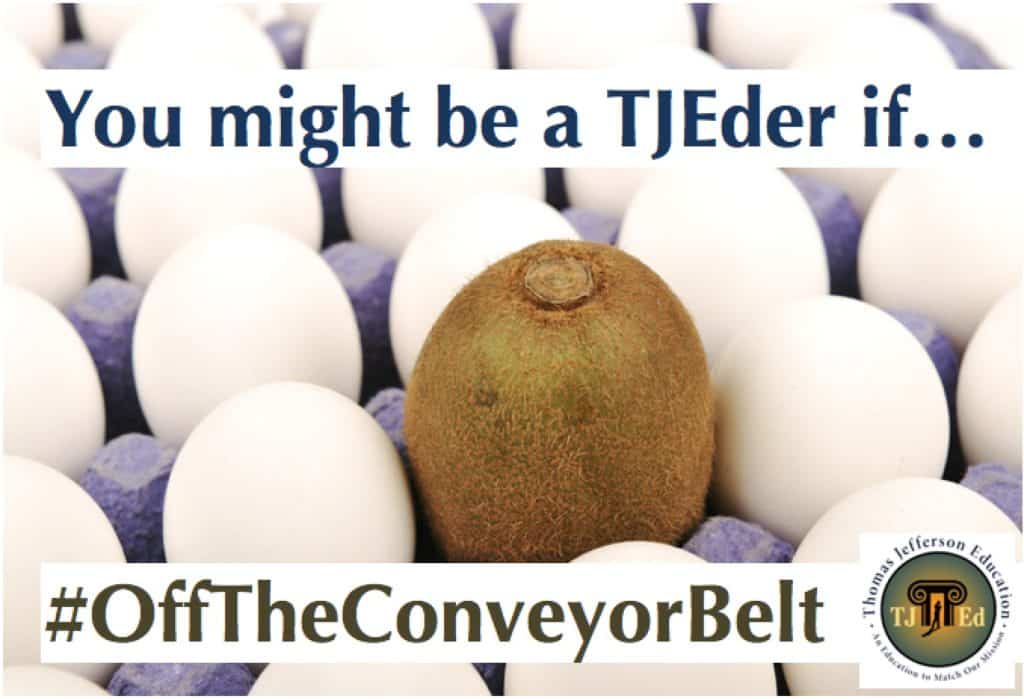


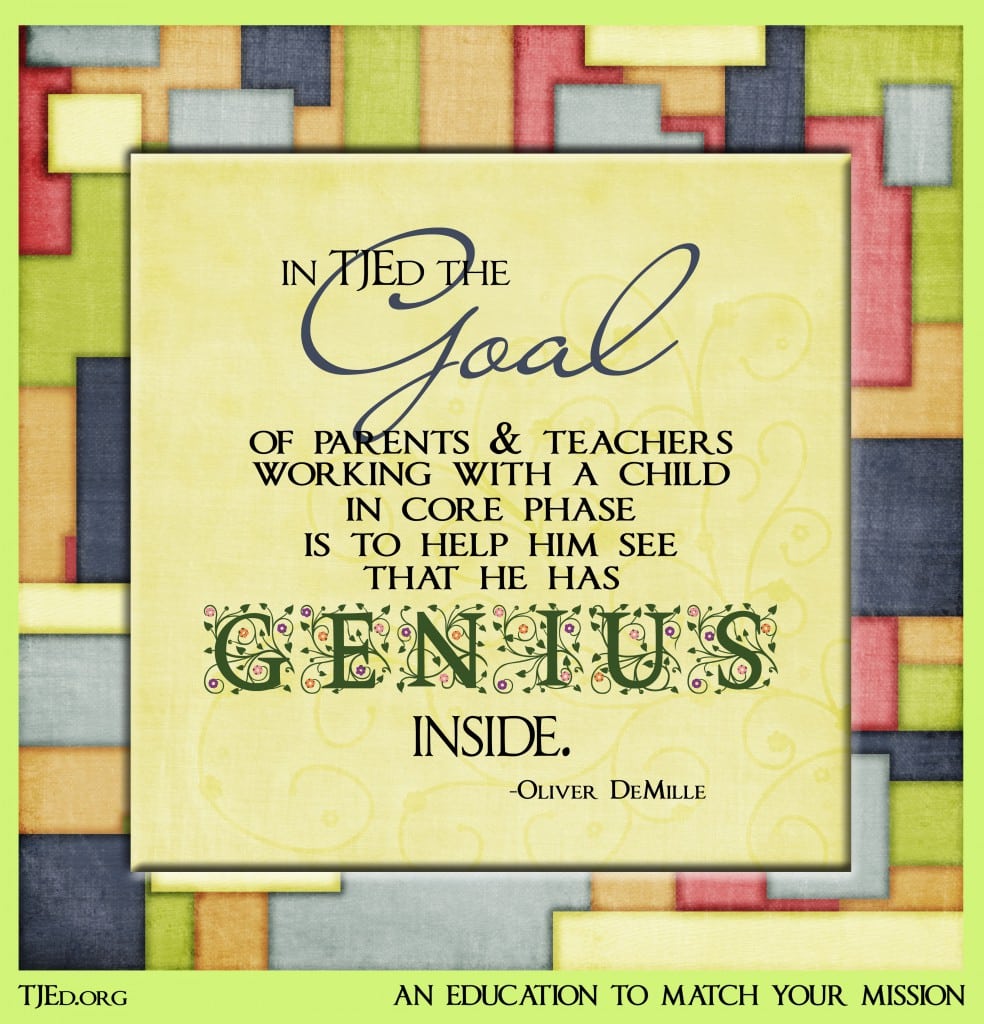



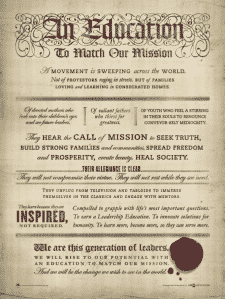



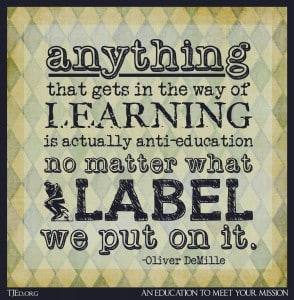
I am so glad that you have mentioned this. At age 74, I think I have a variety of learning styles. I am very visual, and form images when I read, and am naturally good at art and design- for example, I need to have a well designed room. I process auditory information too slowly, so when I listen to a talk in church, or some other place, I take notes in order to focus better. But I get lost in rapid fire conversations. When it comes to reading something technological about computers, or digital cameras, my mind freezes up and I want someone to show me what to do. In that way I can better understand and remember how to do something technical. As a young child, I was naturally very athletic in swimming, diving and ballet, so kinesthesia has been a way for me to learn during my life. I think that I must have a combination of learning styles that I have adapted to my learning needs, and also, do brain neuroplasticity exercises to strengthen my weak areas, and improve my strong areas. I am finding improvement in all areas from these exercises.